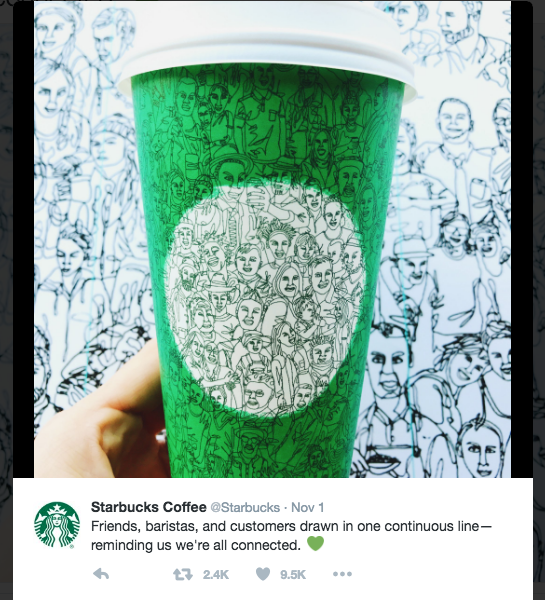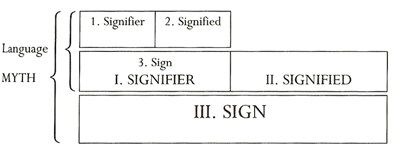 Today is Election Day in the United States. (If you have not voted yet, please take the time to do so if you are eligible, and then take the time to read this.) In the midst of this divisive election, when many of us have expressed strong disagreement with others over social media, if not in person, how do we restitch the social fabric in order to work together towards common goals despite all of the ways that we disagree with each other?
Today is Election Day in the United States. (If you have not voted yet, please take the time to do so if you are eligible, and then take the time to read this.) In the midst of this divisive election, when many of us have expressed strong disagreement with others over social media, if not in person, how do we restitch the social fabric in order to work together towards common goals despite all of the ways that we disagree with each other?
The new green Starbucks cup, which features a drawing of diverse people made of one continuous line, becomes an interesting corollary of this challenge. While Starbucks presented their green cups as a “symbol of unity as a reminder of our shared values,” not everyone has seen it that way. Stephen Colbert quipped (at 3:40 at this link) that it was appropriate for Starbucks to produce a cup featuring “people drawn with one continuous line because what says Starbucks more than like a line that goes on forever.” Other responses have been less humorous, as some have complained about the “political brainwashing” that the cups represent, and others have associated the green of the cup with the promotion of Islam and the similarity of the general design (at least in the eyes of some) with the Arab League flag. Continue reading “A Cup Full of Meanings”


